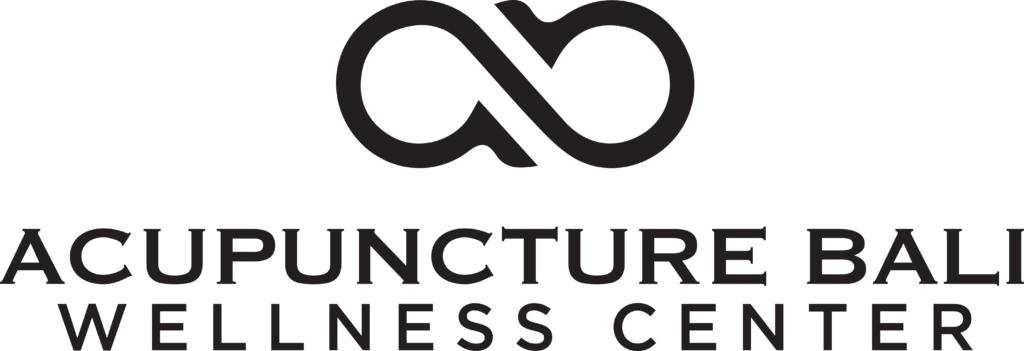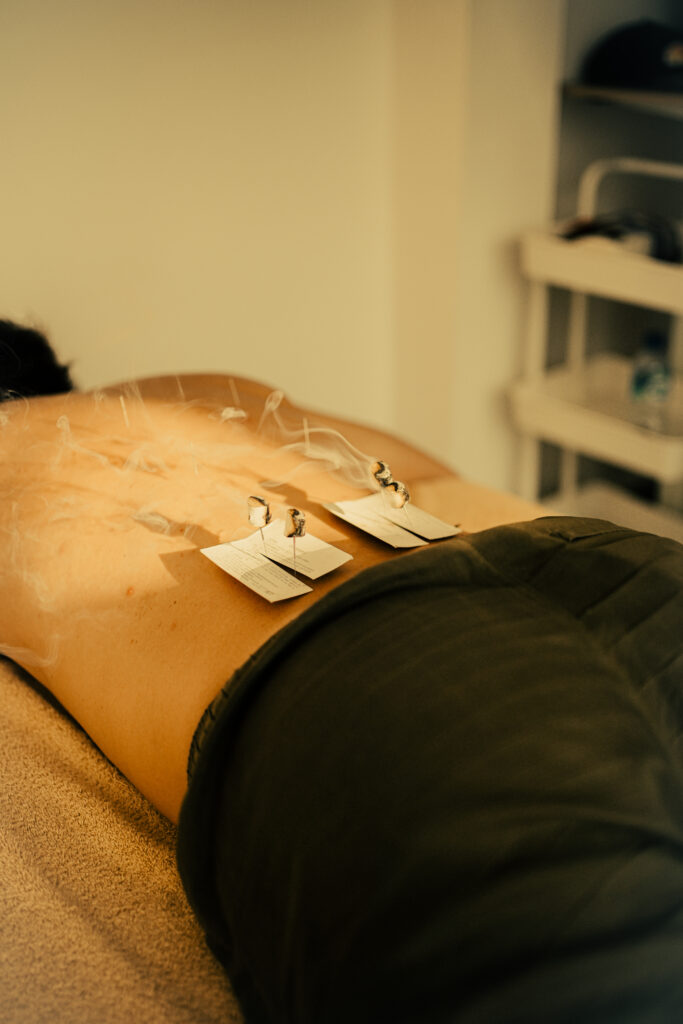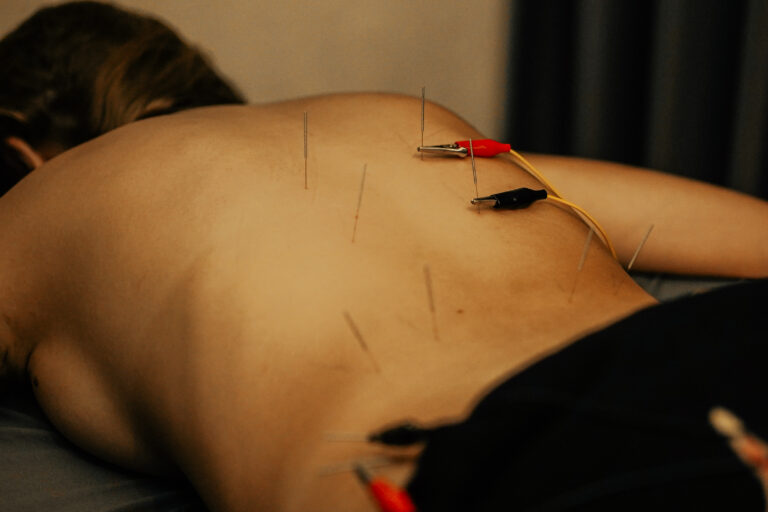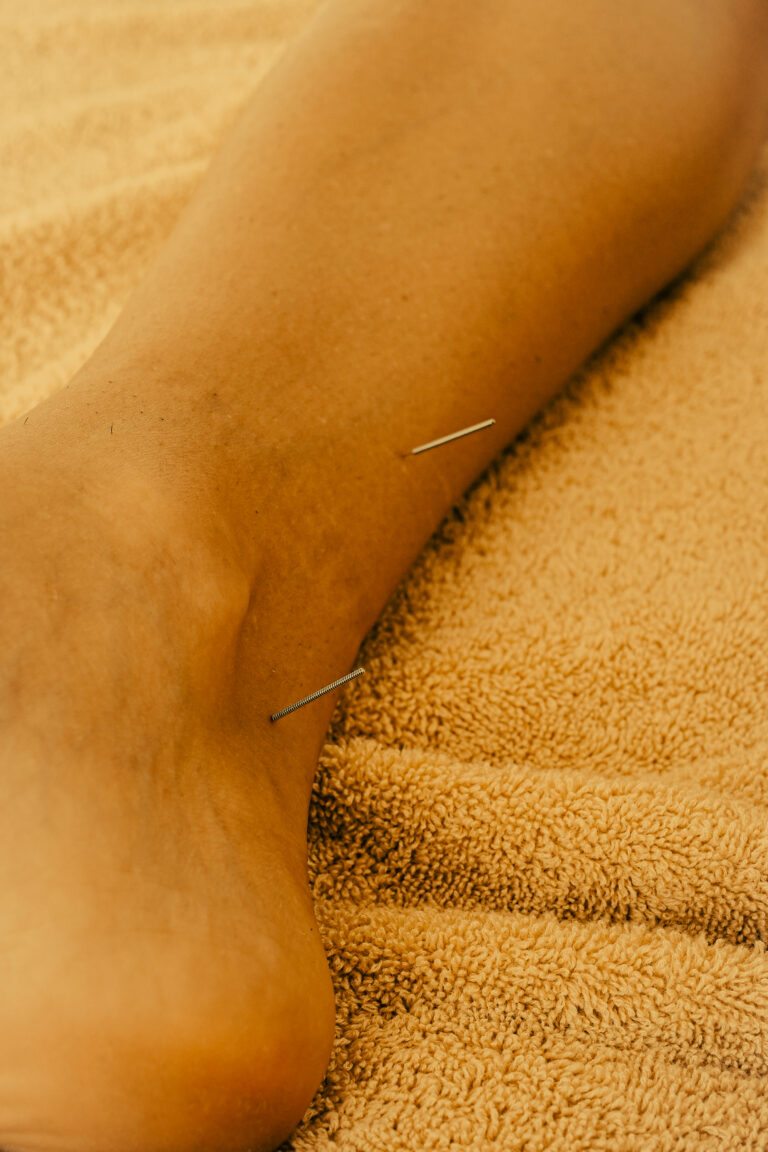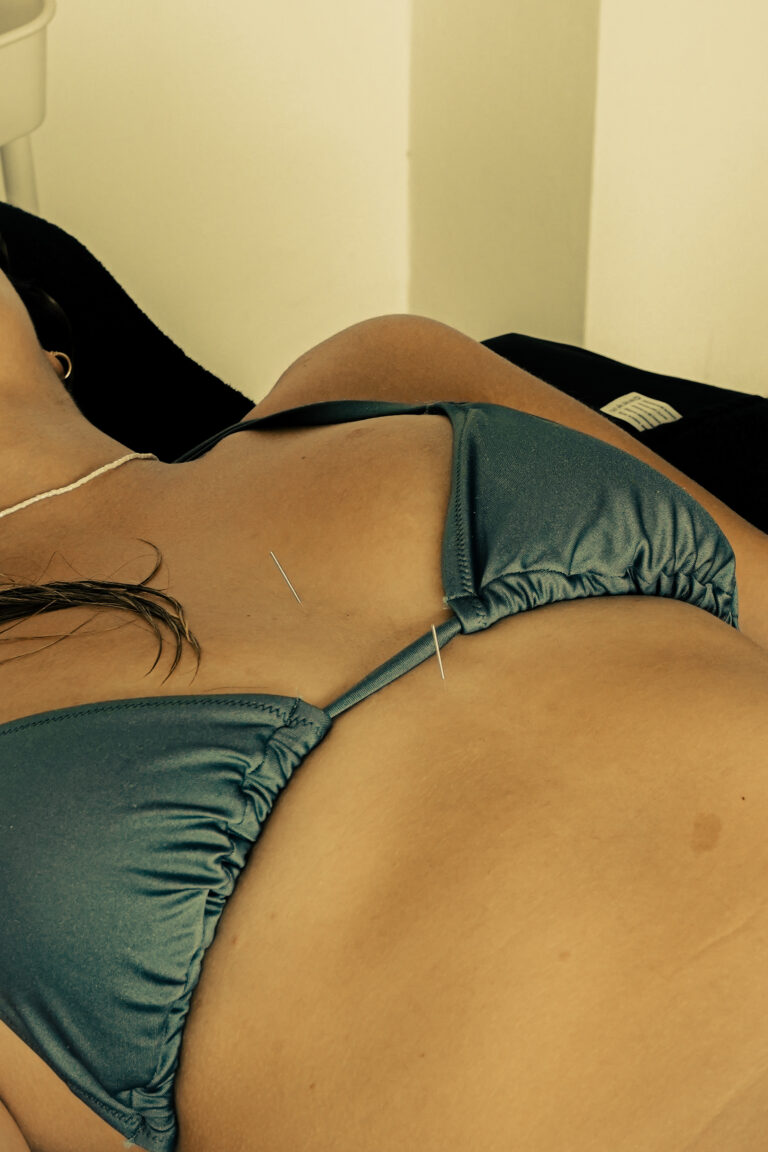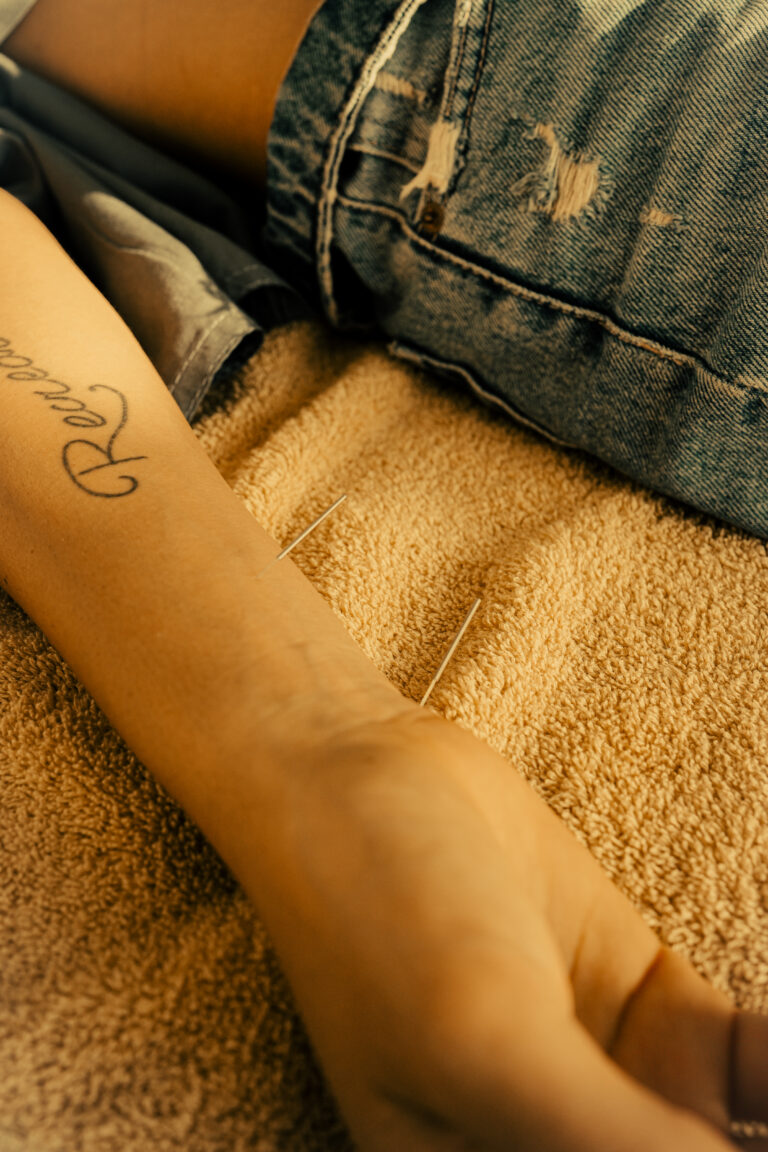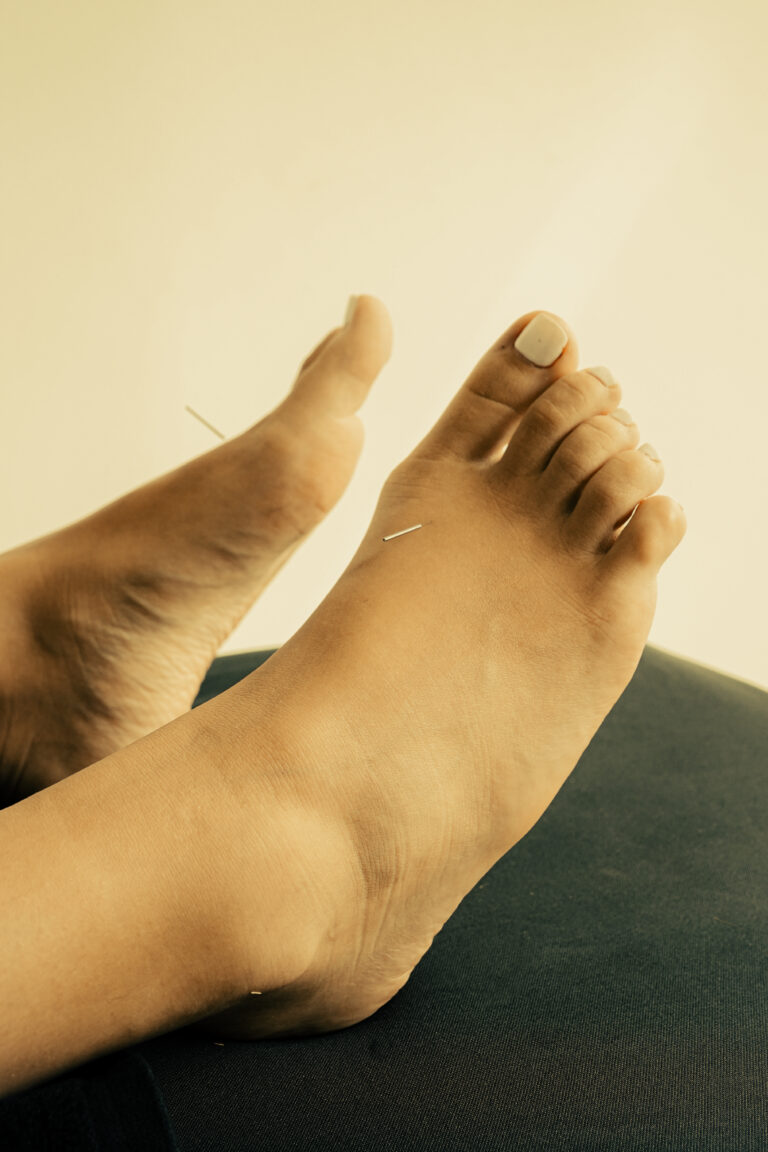Low back pain is one of the most common reasons people seek acupuncture. In Traditional Chinese Medicine (TCM), it’s not just about muscles or bones—it reflects deeper imbalances in the body’s organ systems and vital substances (Qi, Blood, Essence, Yin, and Yang).
Instead of masking symptoms, TCM seeks to address the root causes of back pain through a holistic, individualized approach.
Key Organ Systems Involved
1. Kidneys (Shen)
In TCM, the Kidneys govern the bones and store Essence (Jing), the fundamental energy for growth, repair, and vitality. Chronic low back pain often points to a Kidney deficiency, especially in older individuals or those with a history of overwork, sexual exhaustion, or long-term illness.
- Kidney Yang Deficiency: Cold, dull, or aching back pain worse with fatigue or cold weather. May include fatigue, weak knees, cold limbs, or low libido.
- Kidney Yin Deficiency: Sore, burning, or dry sensation in the lower back, especially at night. May include night sweats, dizziness, tinnitus, or dry mouth.
2. Bladder (Pangguang)
The Urinary Bladder channel runs directly through the lower back. External invasion of Wind-Cold-Damp pathogens can obstruct the flow of Qi and Blood in this channel, leading to pain and stiffness.
- Cold-Damp Invasion: Heavy, fixed, cold back pain often worse in damp or rainy weather.
- Wind-Damp Invasion: Migrating or achy pain with tightness, sometimes with numbness or limited range of motion.
3. Liver (Gan) and Spleen (Pi)
The Liver governs the tendons and ensures the smooth flow of Qi. Liver Qi stagnation can cause muscle tightness or spasms, while Spleen Qi Deficiency may result in poor muscle tone or lack of nourishment to the tissues.
- Liver Qi Stagnation: Pain that comes and goes, aggravated by stress or emotions.
- Spleen Qi Deficiency: Dull pain with fatigue and heaviness, possibly accompanied by digestive issues.
Common TCM Patterns for Low Back Pain
- Kidney Yang Deficiency: Dull, cold pain, better with warmth and rest. Cold limbs, frequent urination.
- Kidney Yin Deficiency: Chronic sore back with burning or weakness, worse at night. Tinnitus, dry mouth.
- Cold-Damp Obstruction: Heaviness, stiffness, or sharp pain after exposure to cold/damp weather.
- Qi and Blood Stagnation: Sharp, stabbing, or fixed pain, possibly from trauma. Worse with pressure.
- Damp-Heat Accumulation: Swollen, hot sensation in lower back with fatigue, heaviness, or urinary issues.
Treatment Principles in TCM
Rather than only treating symptoms, TCM practitioners personalize each treatment to balance internal disharmonies:
- Tonify Kidney Yin or Yang
- Expel Wind, Cold, or Dampness
- Move Qi and Blood to clear stagnation
- Strengthen the Spleen to support muscles
- Relax sinews and unblock channels
Diet & Lifestyle Tips (TCM-Based)
Here’s what TCM recommends for supporting the lower back naturally:
- Keep the lower back warm: Avoid exposure to cold, damp environments.
- Eat warming foods: Lamb, bone broth, black sesame, walnuts, goji berries, ginger, and cinnamon support the Kidneys.
- Avoid raw, cold, or greasy food: These can weaken the Spleen and add Dampness.
- Gentle exercise: Tai Chi, Qigong, swimming, or brisk walking help promote circulation and prevent stiffness.
- Mind your posture: Avoid long hours of sitting or lifting without support.
- Rest deeply: Poor sleep depletes Kidney Essence. Aim for regular sleep before 11 pm.
Daily Acupressure for Low Back Pain
Here are points you can stimulate daily to relieve discomfort and support healing:
1. Shenshu (BL23 – 肾俞) — Kidney Shu Point
Location: 1.5 cun lateral to the lower border of L2 vertebra.
How: Massage gently with knuckles for 1-2 minutes.
Benefit: Strengthens Kidneys and alleviates low back pain.
2. Yaoyangguan (DU3 – 腰阳关) — Lumbar Yang Gate
Location: Below the spinous process of the L4 vertebra.
How: Press gently with fingers or heat with a warm compress.
Benefit: Benefits the lumbar spine and tonifies Kidney Yang.
3. Ashii Points (Tender Points in Painful Area)
Location: Found by palpating for sore spots around the lumbar area.
How: Massage or press until slight warmth and tenderness ease.
Benefit: Releases local stagnation and eases muscle tension.
4. Kunlun (BL60 – 昆仑) — Outer Ankle Point
Location: Between the lateral malleolus and Achilles tendon.
How: Press and hold for 30–60 seconds on each side.
Benefit: Benefits the entire back, especially the lumbar region.
TCM Treatment Recommendations
- Acupuncture: Stimulates Qi and Blood circulation, relieves muscle tension, and strengthens the Kidney system.
- Moxibustion: Especially effective for Cold-Damp types — warms channels and boosts Yang.
- Cupping & Tui Na Massage: Helps release local stagnation, relax tight muscles, and improve range of motion.
- Herbal Therapy: Personalized herbal formulas such as Du Huo Ji Sheng Tang or Jin Gui Shen Qi Wan are commonly used for chronic back pain.
Conclusion
From the TCM perspective, low back pain isn’t just a structural issue — it’s often the body’s signal of a deeper internal imbalance. Whether from deficiency, invasion of Cold-Damp, or stagnation of Qi and Blood, acupuncture offers a powerful, root-focused solution.
Sources:
- Maciocia, G. (2005). The Foundations of Chinese Medicine (2nd ed.). Churchill Livingstone.
- Deadman, P., & Al-Khafaji, M. (2001). A Manual of Acupuncture. Journal of Chinese Medicine Publications.
- Flaws, B., & Sionneau, P. (2001). The Treatment of Modern Western Medical Diseases with Chinese Medicine. Blue Poppy Press.
- NIH National Center for Complementary and Integrative Health. https://nccih.nih.gov
World Health Organization (WHO) — Acupuncture: Review and Analysis of Reports on Controlled Clinical Trials (2003).
